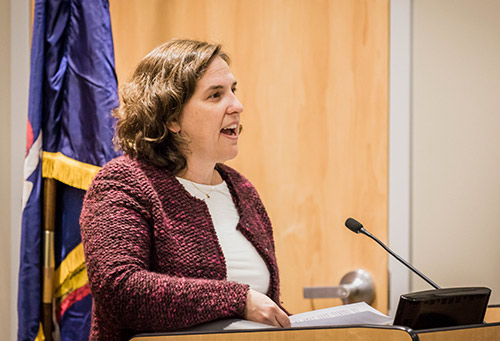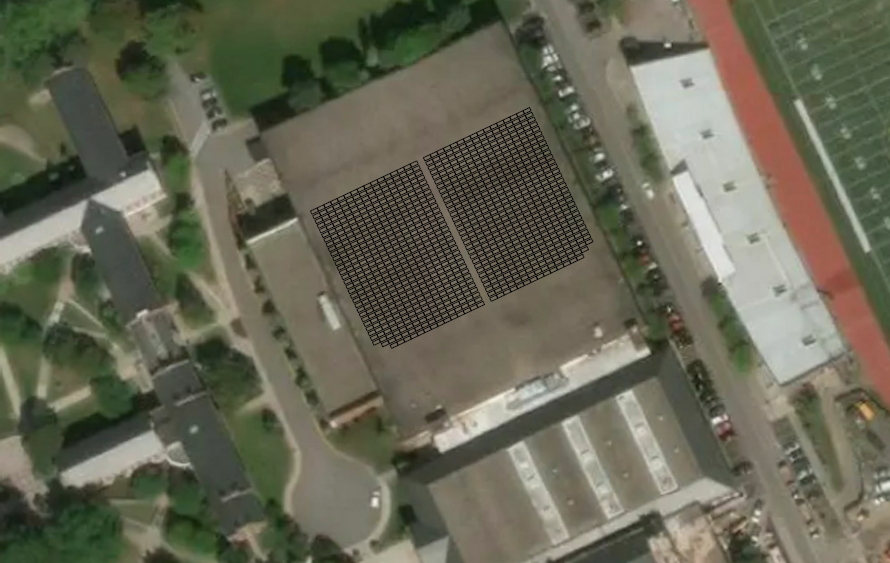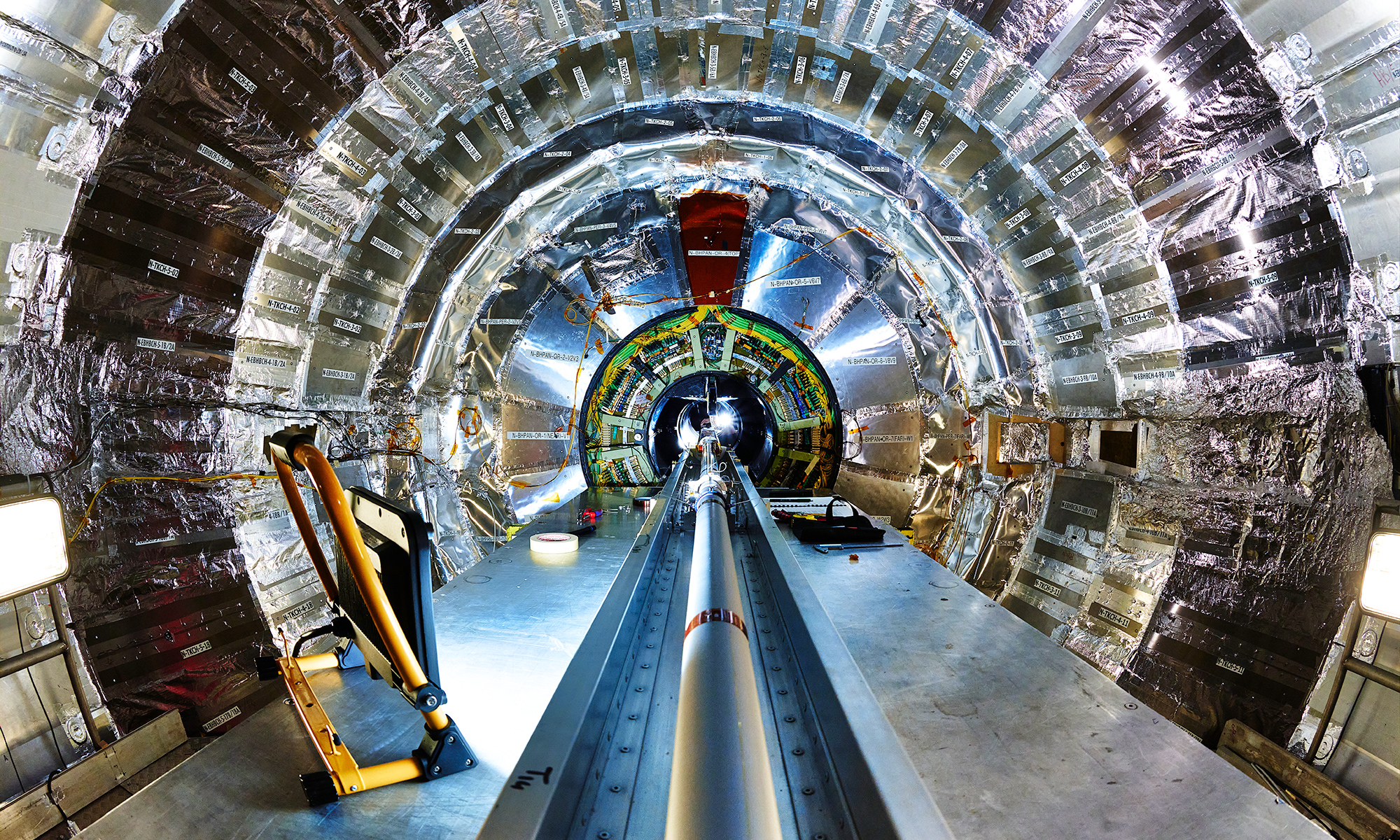The State of New York has set an ambitious target to supply 50 percent of the state’s electricity from renewable sources by 2030, with an ultimate goal of reducing greenhouse gas emissions 40 percent below 1990 levels by 2030.
A new solar power and energy storage initiative at the University of Rochester will help contribute to that goal.
Carmala Garzione, a professor of earth and environmental sciences at Rochester and the director of the University’s Center for Energy and the Environment (CEE), is spearheading the initiative, which will bring together Rochester researchers, students, and local community members to learn more about solar energy that is integrated with energy storage.

The New York State Energy Research and Development Authority (NYSERDA) recently awarded the University a $1 million grant for the project, as part of NYSERDA’s REV Campus Challenge, which recognizes New York universities for their commitments to clean energy. The University of Rochester was one of three NY schools to receive similar NYSERDA grants, announced at a ceremony at RIT.
The Rochester project, part of the CEE’s efforts to “develop technology for improved energy systems and to advance fundamental science that promotes understanding of the impacts of energy technology on the environment and human health,” includes the installation of a 335-kilowatt integrated solar and energy storage system on the roof of the Goergen Athletic Center. The solar power will offset the majority of the energy needs of a new, net-zero office building that will be constructed on the south side of Hutchison Hall.
“Sustainability is important not just for the future of our community but for the future of the planet,” says Wendi Heinzelman, dean of the Hajim School of Engineering & Applied Sciences. “The ultimate goal of this project—understanding how economical and feasible solar power is in the Rochester climate and improving upon the state-of-the-art solar systems—will have impact on the use of solar energy throughout New York State and beyond.”
The new building is expected to break ground in spring of 2019, and solar panel construction will start later that year.
Garzione says she believes “every new building that is constructed on campus has the potential to be near net zero” and shares her thoughts on the new solar power system and why the University of Rochester is uniquely situated for this type of system.

What does a “near net-zero” building entail?
Net zero means that all of the energy needs of the building are supplied by renewable energy sources. Achieving near net zero in this building not only requires renewable energy generation, but also requires that the new building be constructed with high efficiency, including effective insulation, an efficient lighting system, and heating and cooling technology that reduces energy use.
Where will the solar panels be installed?
The solar panels and batteries will be installed on the roof of the Goergen Courts at the Goergen Athletic Center, and will supply energy directly to that building. The energy production will be metered against the energy use of the new office building. Although the power will be supplied to the athletic center, the new building will still be considered near net zero because the energy footprint of the building will be nearly covered by the solar array that is feeding energy into the University’s collective energy system.
Why can’t you build solar panels on the roof of the new office building?
The rooftop isn’t large enough to supply the energy needs of the building. The larger rooftop of the athletic center, if covered with solar panels, could supply much more energy than the new building will use, so the energy needs of future buildings on campus may be able to rely on the energy supplied by the rooftop array if it is expanded to cover the whole roof.
Why is energy storage so crucial for this solar installation?
Solar power is intermittent. It can be supplied when the sun is shining, but is not available when the sun sets or the days are cloudy. The batteries that are integrated with this system will allow the solar energy to be stored for use when the sun is not shining. The batteries take up the excess energy produced by the solar panels during the day and save that energy for times when there isn’t energy available from solar power. This smooths out the power supply and reduces the intermittency of solar power.
What about the fact that Rochester is historically a cloudy region?
No matter what climate you live in, you really need to take advantage of what that climate has to offer in terms of energy. Rochester is not cloudy in the summer. We actually have long days in the summer, so we can maximize the solar production in the late spring, summer, and fall months.
The other thing that people don’t know about solar power production is that it operates most efficiently under the temperatures we have here in Rochester during the spring, summer, and fall months. Solar power generation is less efficient in very hot climates. The desert southwest, although very sunny, has lower efficiency energy transfer from panel to power than in a cooler summer climate like Rochester’s.
What made you interested in this project?
My field of research is focused on long-term climate evolution in the context of geologic evolution of Earth: How do processes like plate tectonics and mountain building adjust the climate through their influence on the carbon cycle? Carbon dioxide (CO2) and methane release to the atmosphere are the primary reasons we’re experiencing global warming, and CO2 emissions have dramatically increased because of fossil fuel burning. In some of my research, I look at long-term records of climate as they relate to changes in CO2 over million-year time scales. No matter what time scale you look at, carbon dioxide is a major driver of increases and decreases in global temperature. The geosciences community is in consensus that humans are the primary cause of current global warming because of our carbon emissions.
We need to be moving toward renewable energy to mitigate the effects of carbon dioxide emission from burning fossil fuels. One of the goals of the Center for Energy and the Environment is to support the University in setting an example for the larger Rochester community and the state of New York. This project will provide critical data on the performance of integrated solar power and energy storage systems so that these renewable energy technologies can be more widely deployed across New York.
Why was it important to involve local organizations, including GreenSpark (formerly SunCommon), which will carry out the installation and partner with local company ENEROC, which will provide a local Rochester workforce installation crew?
The ultimate goal for this project is to not only provide power for buildings on the University of Rochester campus, but to promote future deployments of these types of systems. An important part of that is supporting the development of a local work force that has the technical skills to install and maintain these types of solar-energy storage systems in other locations throughout Rochester and the surrounding region.
The project also includes partnerships with the Warner School of Education and the Rochester Museum and Science Center. What do these collaborations entail?
We will have an on-campus outreach center in the new near net-zero building that will describe the solar and battery technology. The Warner School and the CEE will be developing a new undergraduate course with scientific public communications components, and we’ll also be bringing in school groups to take advantage of the outreach center on campus.
Although we will have these great resources on campus, it’s not always easy to get the broader community to campus, so we will also have a display at the RMSC so people can see and play with the data coming off our solar array and battery system. This will enable people to understand the potential of integrating solar power and energy storage to smooth out the power supplied from solar.




